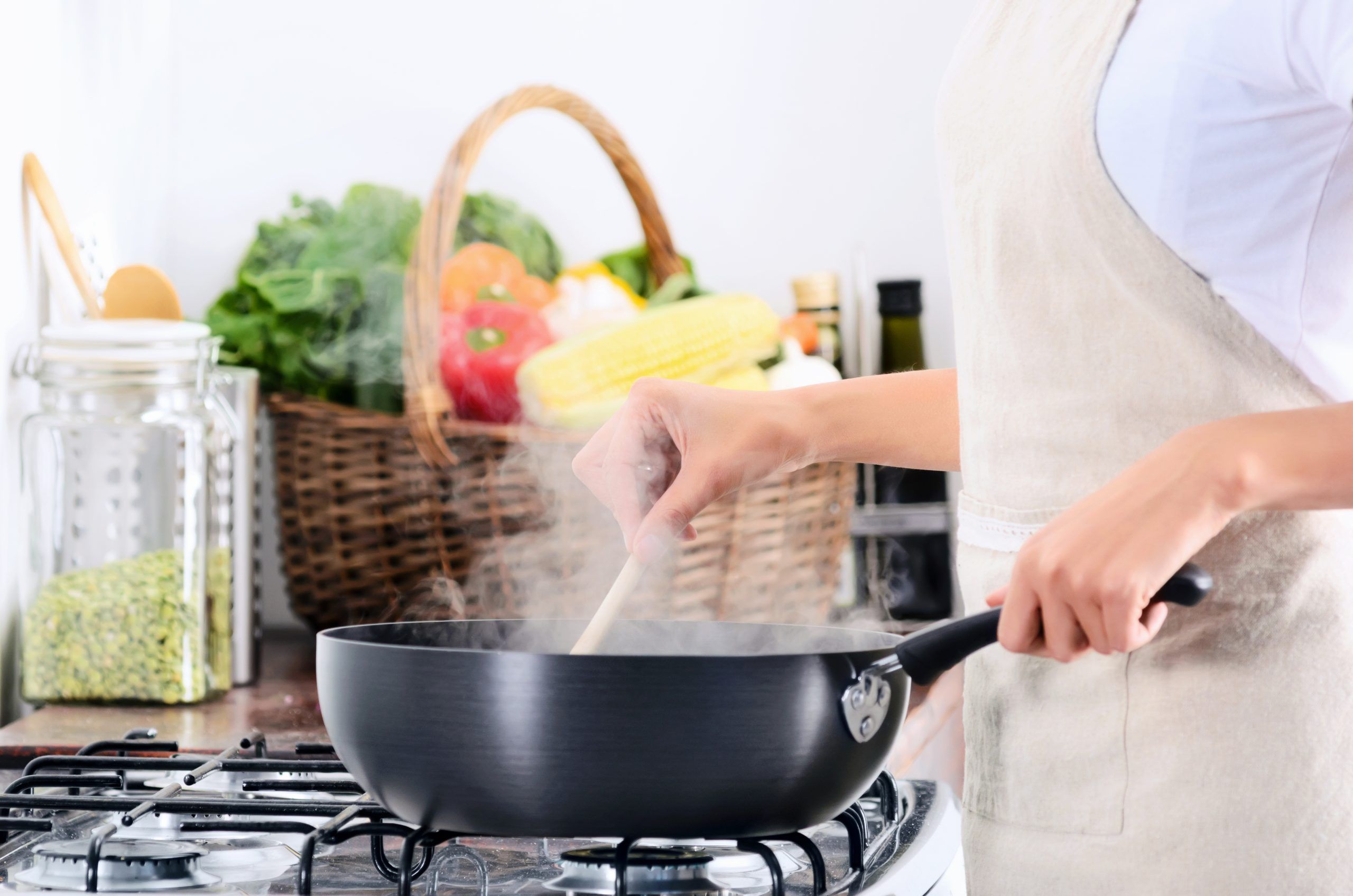Since the Clean Air Act of 1963 and the creation of the Environmental Protection Agency in 1970, outdoor air quality has been heavily regulated, and polluters are penalized. Harmful gases such as Carbon Monoxide and Sulfur Dioxide have been cut in half and levels of Particulate Matter have been reduced by 80%.
So, exposure to harmful pollutants has dropped drastically and disaster averted? If only it were that simple…
The often-overlooked fact is we spend 90% of our time indoors, according to one UK study, it may even be 95% of our time. This equates to a little less than 23 hours a day. And unlike outdoor air, the air inside our homes and offices is not checked or regulated.
But that is all about to change, with the introduction of HOMECHEM. Made up of 60 scientists, the HOMECHEM team investigate exactly what happens to indoor air as we go about our day to day life, cooking, cleaning and generally hanging out. They carry out their work in what looks like, from the outside at least, a regular ranch house on the University of Texas Campus. However, this house is anything but regular. Equipped with over 4.5 million dollars’ worth of equipment, it measures indoor air quality in unprecedented detail.
Their latest task has been to recreate a Thanksgiving meal, measuring air quality every step of the way. Brining, boiling and baking. The meal was recreated exactly as it is in millions of homes across the country. With the burners running at full heat and the oven on for a solid five hours, pollution rose to dangerously high levels.
If the inside of the house had been a city, safety warnings would’ve been issued. At one point, pollution levels exceeded that of one of the most polluted cities in the world, New Delhi. Even the healthiest of individuals would be at risk when concentrations are that high.
And it seems what and how we cook can also affect air quality. Meat products and food cooked at higher temperatures create higher emissions. Cooking on gas stoves rather than electric will also increase emissions, a fact we are well aware of here at Austin Air. Gas stoves produce Nitrogen Dioxide (NO2) a gas that can cause coughing, wheezing and chest tightness. In 2016 we joined forces with Johns Hopkins University, working to reduce levels of Nitrogen Dioxide (NO2) in homes with gas stoves. The results of the clinical trial established that running an Austin Air Purifier in the kitchen was more effective than using an extraction hood. Overall air quality was improved and NO2 levels were drastically reduced.
This latest study, together with others on indoor air pollution, are helping to raise awareness on the importance of indoor air quality. Fifty years ago, the emphasis was firmly fixed on car emissions and fossil fuels. Its time to shift our attention. We need to focus on the sources of pollution indoors, in particular the dangers lurking in our kitchens.
For more info on our products and how they can help to clean up the air in your home, visit our products page here.
